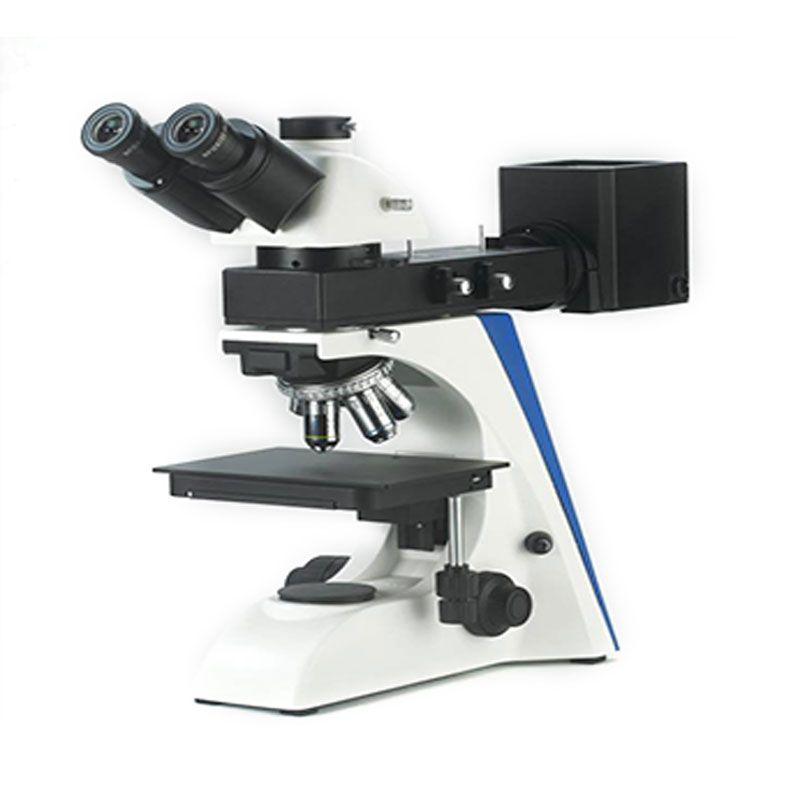Common Fluorescence Microscope Techniques

There are several different fluorescence microscope techniques, each with its own advantages and applications:
l Widefield Fluorescence Microscope: This is the simplest and most common type of fluorescence microscope. It involves illuminating the entire sample with excitation light and collecting the emitted light from all parts of the sample simultaneously. This technique is suitable for imaging relatively thick samples, but it can suffer from blurring due to out-of-focus light.
l Confocal Microscope: Confocal microscope uses a pinhole aperture to eliminate out-of-focus light, resulting in a higher resolution image. It scans the sample point by point, building up a 3D image. This technique is ideal for imaging thick samples and for studying the distribution of molecules within cells and tissues.
l Super-Resolution Microscope: Super-resolution microscope techniques can achieve resolutions beyond the diffraction limit of light, allowing for the visualization of individual molecules. Examples of super-resolution techniques include stimulated emission depletion (STED) microscope and stochastic optical reconstruction microscope (STORM). These techniques are particularly useful for studying the localization and dynamics of molecules within cells.
- Art
- Causes
- Crafts
- Dance
- Drinks
- Film
- Fitness
- Food
- Jogos
- Gardening
- Health
- Início
- Literature
- Music
- Networking
- Outro
- Party
- Religion
- Shopping
- Sports
- Theater
- Wellness


